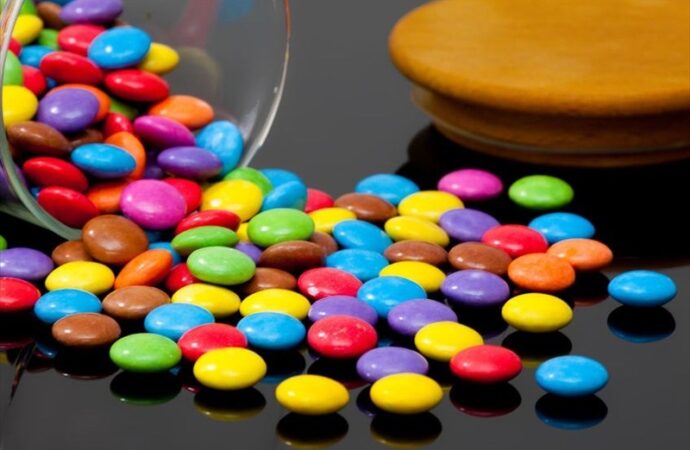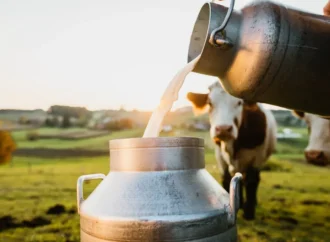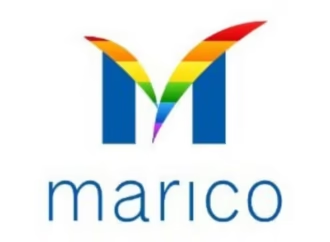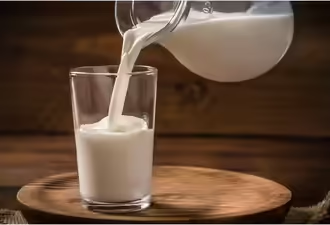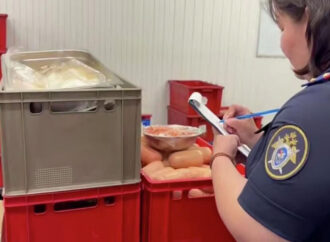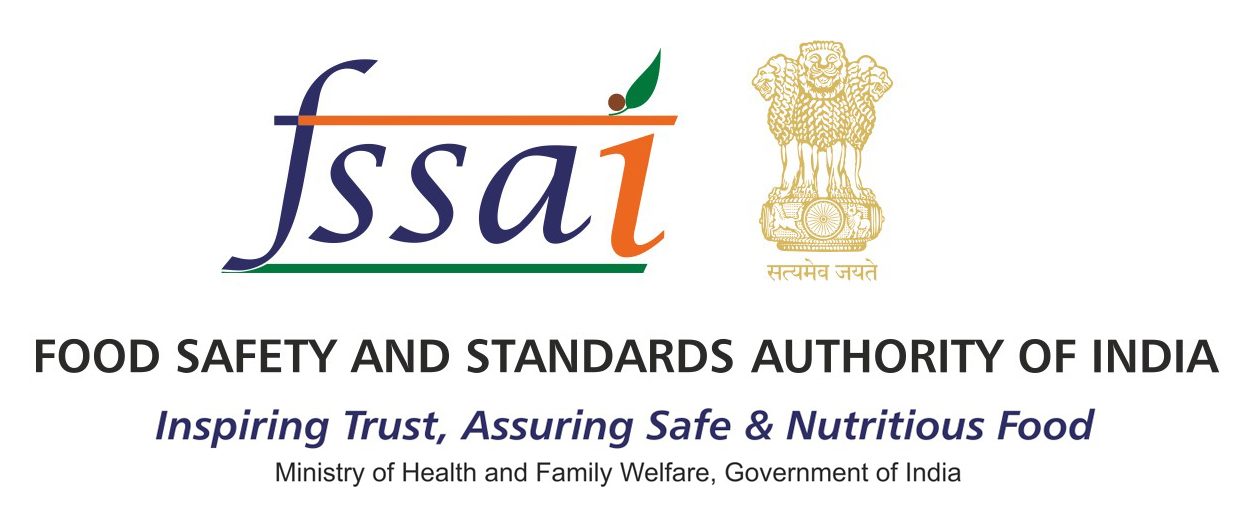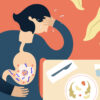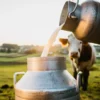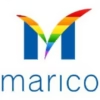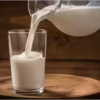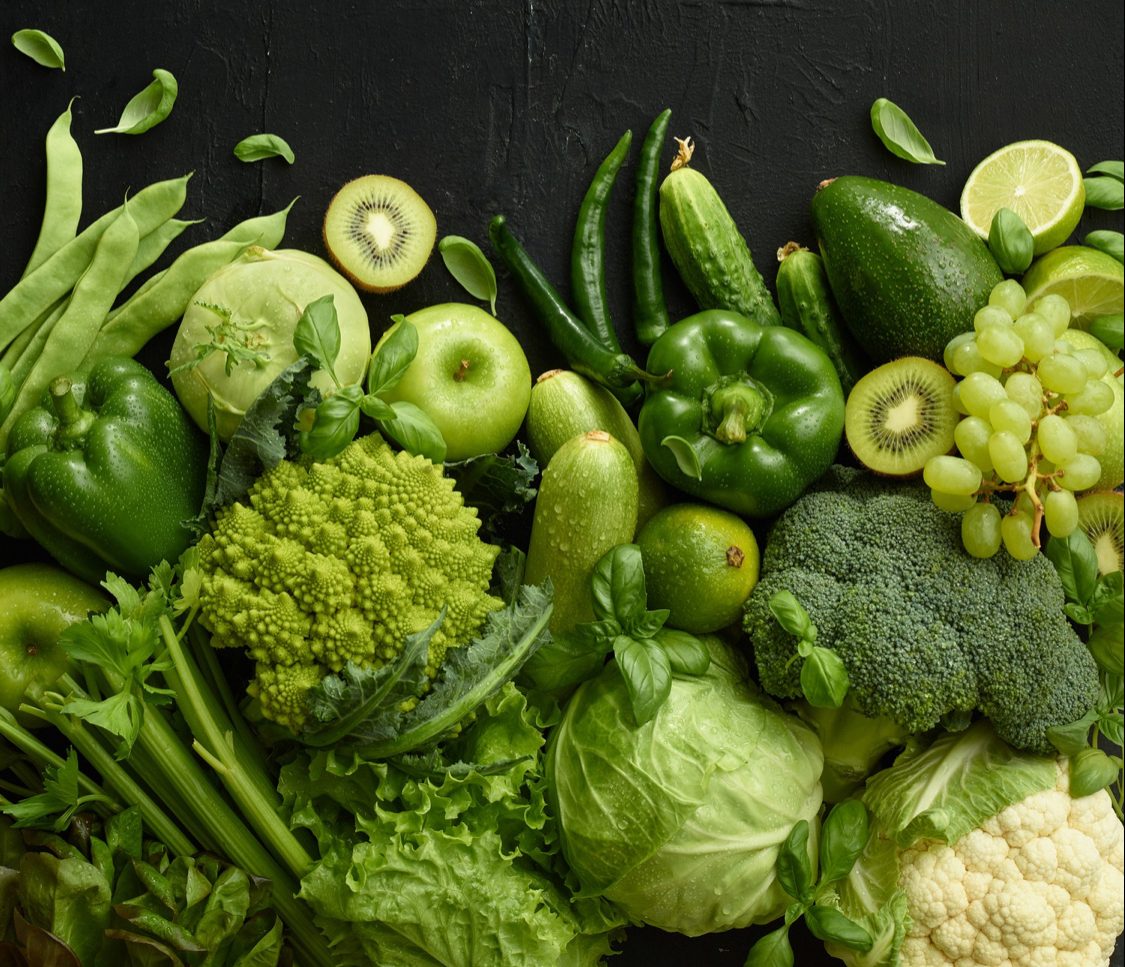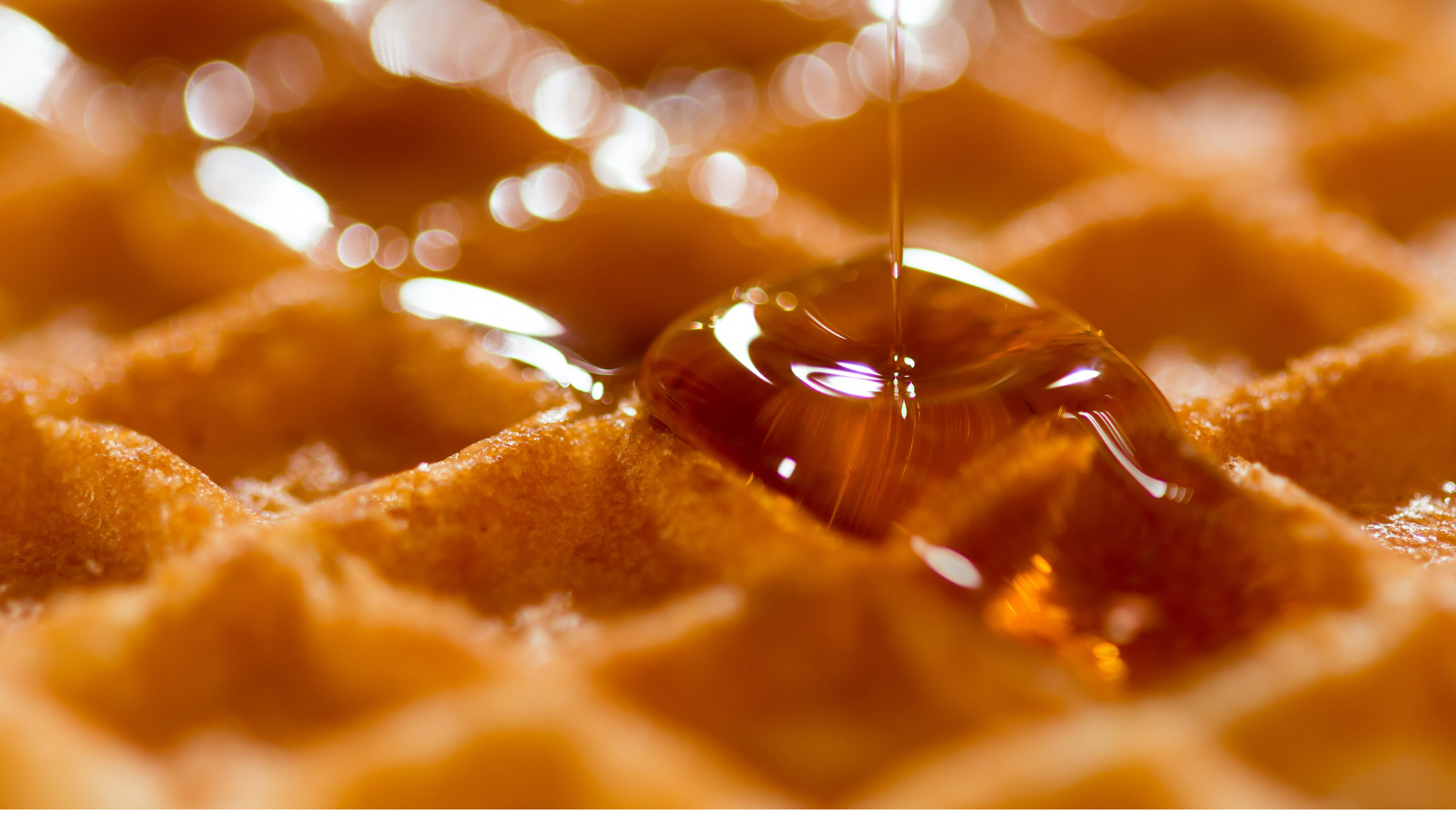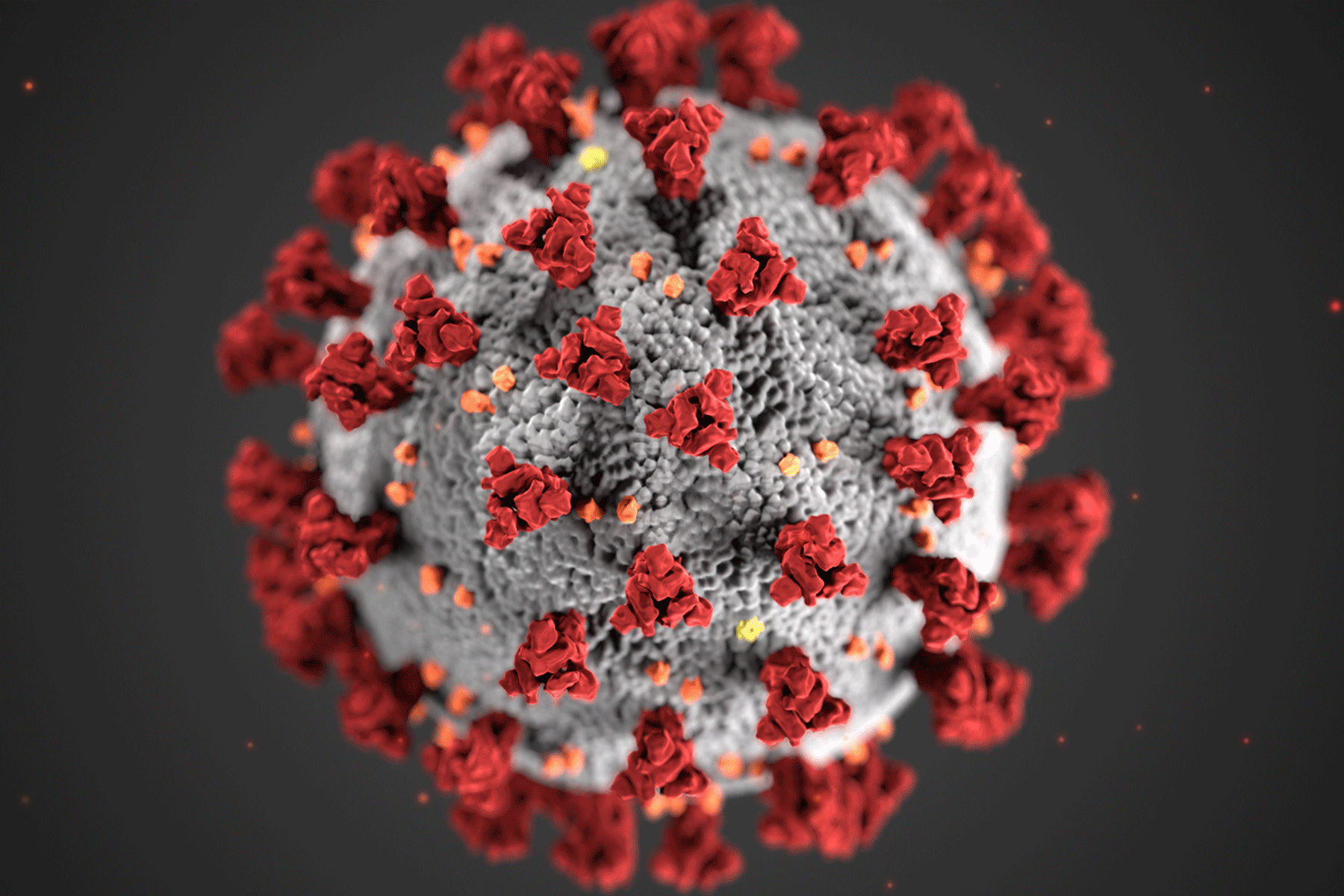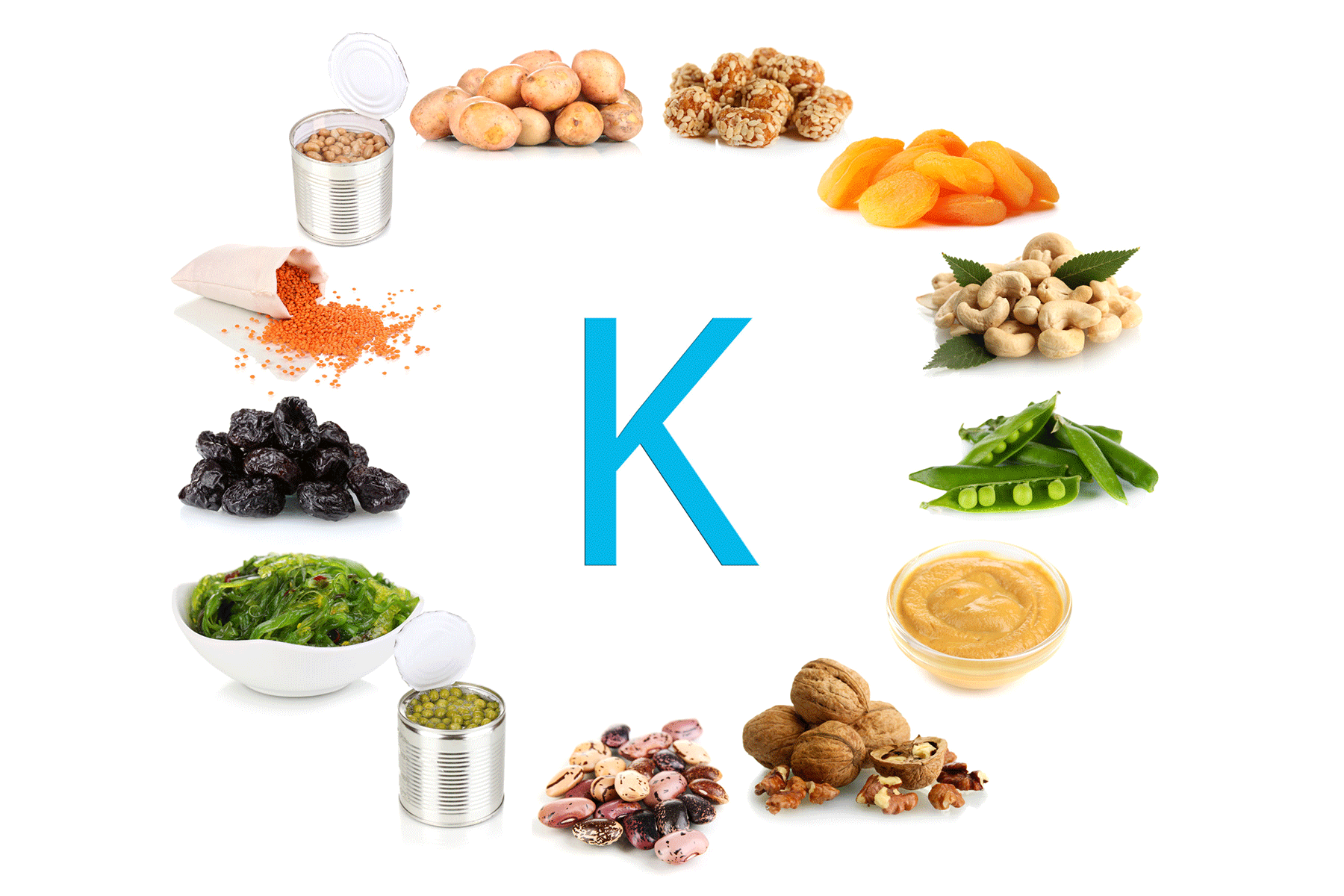Report
A new U.S. study has found that 1 in 5 packaged foods and drinks sold by leading food manufacturers contain synthetic food dyes. Published in the Journal of the Academy of Nutrition and Dietetics, the research highlights the widespread use of artificial colouring agents, especially in products marketed to children.
Red 40 Leads the List of Additives
Researchers identified Red 40 as the most commonly used synthetic dye, appearing in 14% of products. “Products with synthetic dyes also contain significantly more sugar than those without,” said lead author Elizabeth Dunford, a nutrition consultant at the University of North Carolina at Chapel Hill. “This suggests that companies may use dyes to make sweet foods and beverages more appealing.”
FDA and HHS Plan to Phase Out Dyes
In response to growing health concerns, Health and Human Services Secretary Robert F. Kennedy Jr. has committed to removing eight synthetic dyes from the U.S. food supply, including Red 40, Yellow 5, Yellow 6, Blue 1, Blue 2, Green 3, Orange B, and Citrus Red 2. In April, the U.S. Food and Drug Administration (FDA) announced plans to revoke approval for Citrus Red 2 and Orange B, and confirmed it is working with the food industry to eliminate the remaining dyes by the end of 2026. “These dyes provide zero nutritional value and pose measurable risks to children’s health and development,” Kennedy said. “That era is coming to an end.”
Study Analysed Nearly 40,000 Products
To assess dye exposure, researchers reviewed the ingredients of nearly 39,800 grocery items produced by the top 25 U.S. food manufacturers, representing over 80% of all packaged foods sold in the U.S. Their analysis showed that children are most at risk of exposure. About 28% of products in the top five food categories marketed to children contained synthetic dyes, compared to 11% in other categories. These child-focused categories included:
- Confections
- Sugary beverages
- Ready-to-eat meals
- Breakfast cereals
- Baked goods
Sports Drinks and Sweets Top Dye Usage
Among product types, the highest rates of synthetic dye use appeared in:
- Sports drinks (79%)
- Beverages from concentrates (71%)
- Confections (54%)
The products that accounted for the largest share of dyed items purchased included:
- Carbonated drinks (30%)
- Confections (26%)
- Sports drinks (14%)
On average, dyed products contained 141% more sugar than dye-free alternatives. However, researchers noted these items had lower sodium and saturated fat levels.
Call for Stronger Regulations and Voluntary Reform
The study factored in consumer purchasing data to better assess exposure and inform policymaking. “Even if some categories contain fewer dyed products, high purchase volumes can still drive significant exposure,” Dunford said. Thomas Galligan, principal scientist at the Center for Science in the Public Interest, supported regulatory action. “We can reduce exposure through bans, warning labels, or voluntary reformulation,” he said. “Our data show that many companies already limit dye use, proving it’s both practical and achievable.”
Source: UPI
 Food Manifest
Food Manifest 